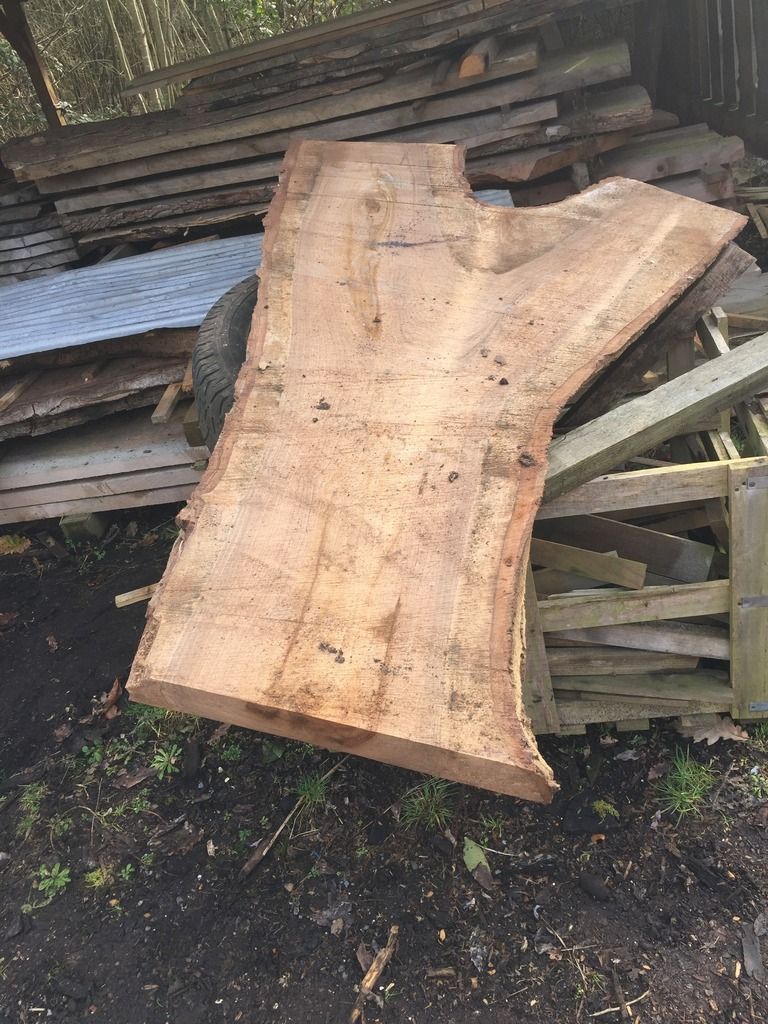Hello,
I've recently purchased a piece of walnut, its around 80mm thick. The tree was felled 6 weeks ago.
I've done as much research as I can but you really can go on forever. A lot of the advice seems to come from the USA which won't be relevant to what I need.
So far, I have 'stickered' it what I believe to be correctly although it isn't off the ground which I will soon do. I've also made the mistake of using a tarp to cover it which I will also change.
What I am wondering is, in England, how long realistically am I looking at until I can bring it indoors to use as a coffee table.
I have purchased a cheap moisture meter to try and ***** its progress.
The second part of my question is woodworm/ wood boring insects.
At the moment there isn't any signs of woodworm or insect decay although I am led to believe walnut can be prone to this.
What is the best product/ method to prevent it becoming an issue?
Borax? Boron? Cuprinol 5 star?
Thanks for any help
I've recently purchased a piece of walnut, its around 80mm thick. The tree was felled 6 weeks ago.
I've done as much research as I can but you really can go on forever. A lot of the advice seems to come from the USA which won't be relevant to what I need.
So far, I have 'stickered' it what I believe to be correctly although it isn't off the ground which I will soon do. I've also made the mistake of using a tarp to cover it which I will also change.
What I am wondering is, in England, how long realistically am I looking at until I can bring it indoors to use as a coffee table.
I have purchased a cheap moisture meter to try and ***** its progress.
The second part of my question is woodworm/ wood boring insects.
At the moment there isn't any signs of woodworm or insect decay although I am led to believe walnut can be prone to this.
What is the best product/ method to prevent it becoming an issue?
Borax? Boron? Cuprinol 5 star?
Thanks for any help



































